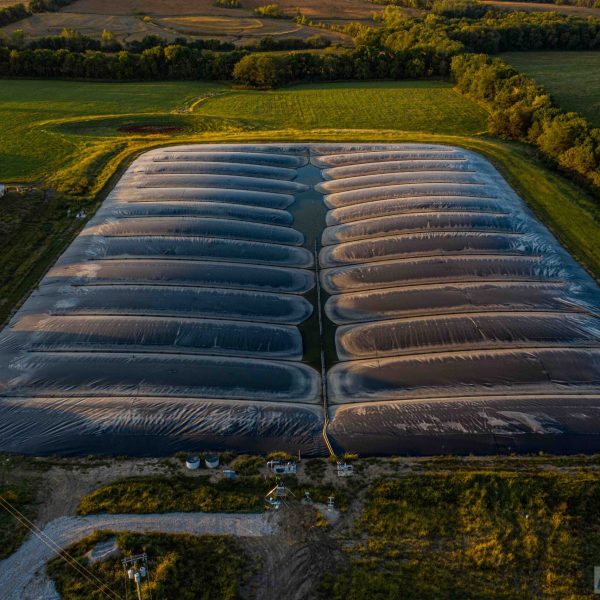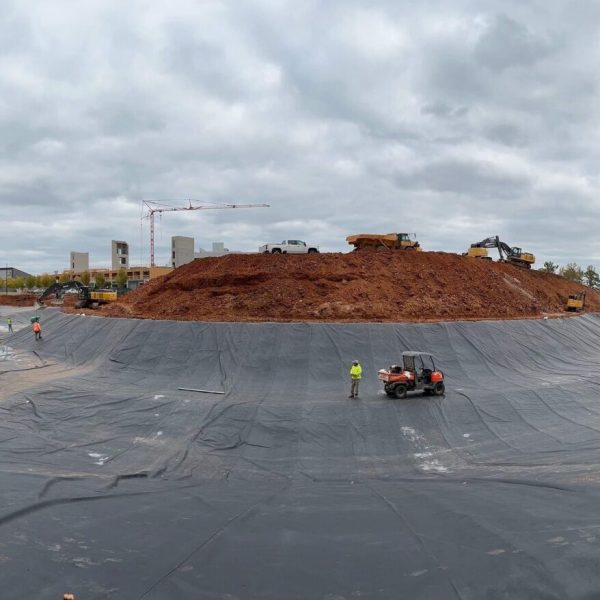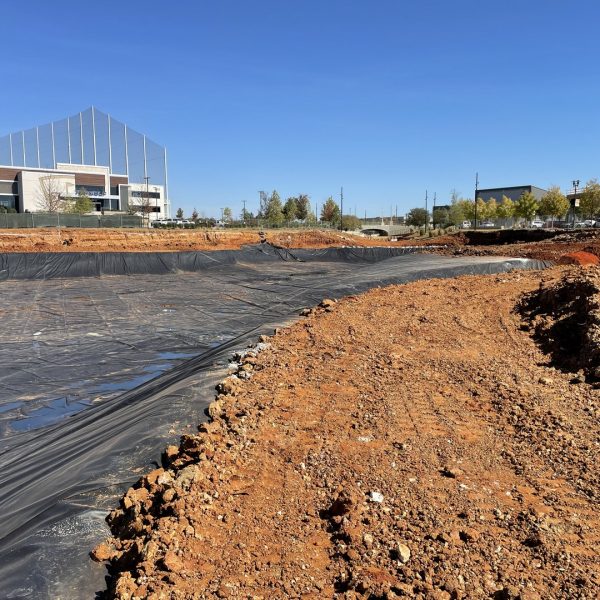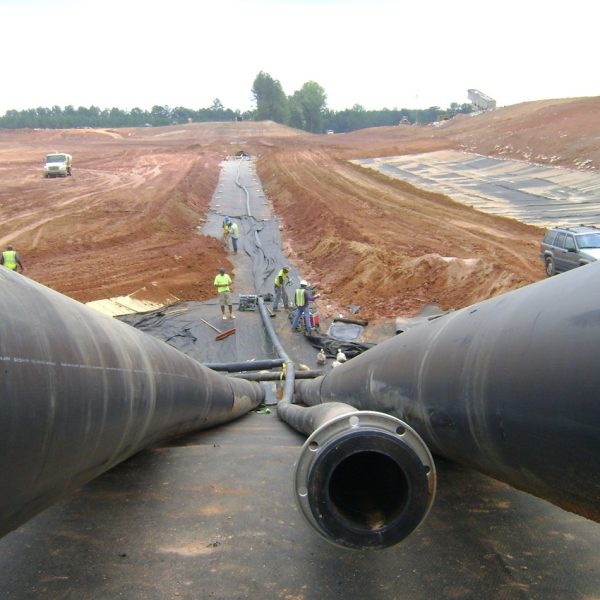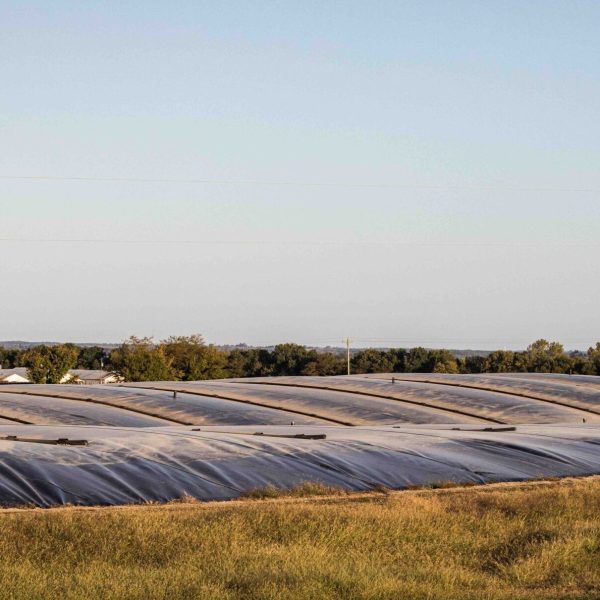Environmental Containment Installation
Plastic Fusion is the leading provider of environmental containment solutions. These solutions prevent contamination of soil, water, and air, ensuring compliance with environmental regulations and promoting sustainability.
CONTACT NOW FOR FREE CONSULTATION





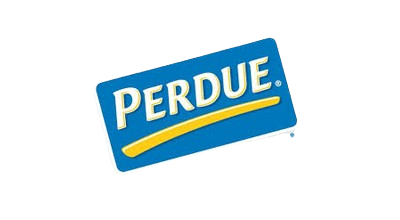












Unmatched Performance
“Plastic Fusion was hired to test, repair, and replace existing pond
liners on a restart project. The scope of work included installing a new
insulated HDPE cover on the existing AD lagoon. Not only was the
quality of the crew’s work exceptional, PFF was given the “A Team”
award for outstanding work ethic.”
Ron Davies, Project Manager
Platte River Biogas, LLC
Liner Systems
Plastic Fusion has been installing geosynthetic containment systems for more than 40 years.
Anaerobic Digester Covers
We design and install HDPE cover systems for anaerobic digesters and are a pioneer in anaerobic digester lagoons for biogas collection and conversion to Renewable Natural Gas (RNG).
Piping Systems
Our custom fabricated piping systems meet even the toughest handling requirements. Materials offer long-term chemical resistance and environmental containment.
Concrete Protective Liners
Plastic Fusion is a leader in the installation of concrete protective liners in industrial tanks and storage facilities, wastewater treatment tanks, and chemical processing plants.
Environmental Containment Installation
Plastic Fusion is the leading provider of environmental containment solutions.



